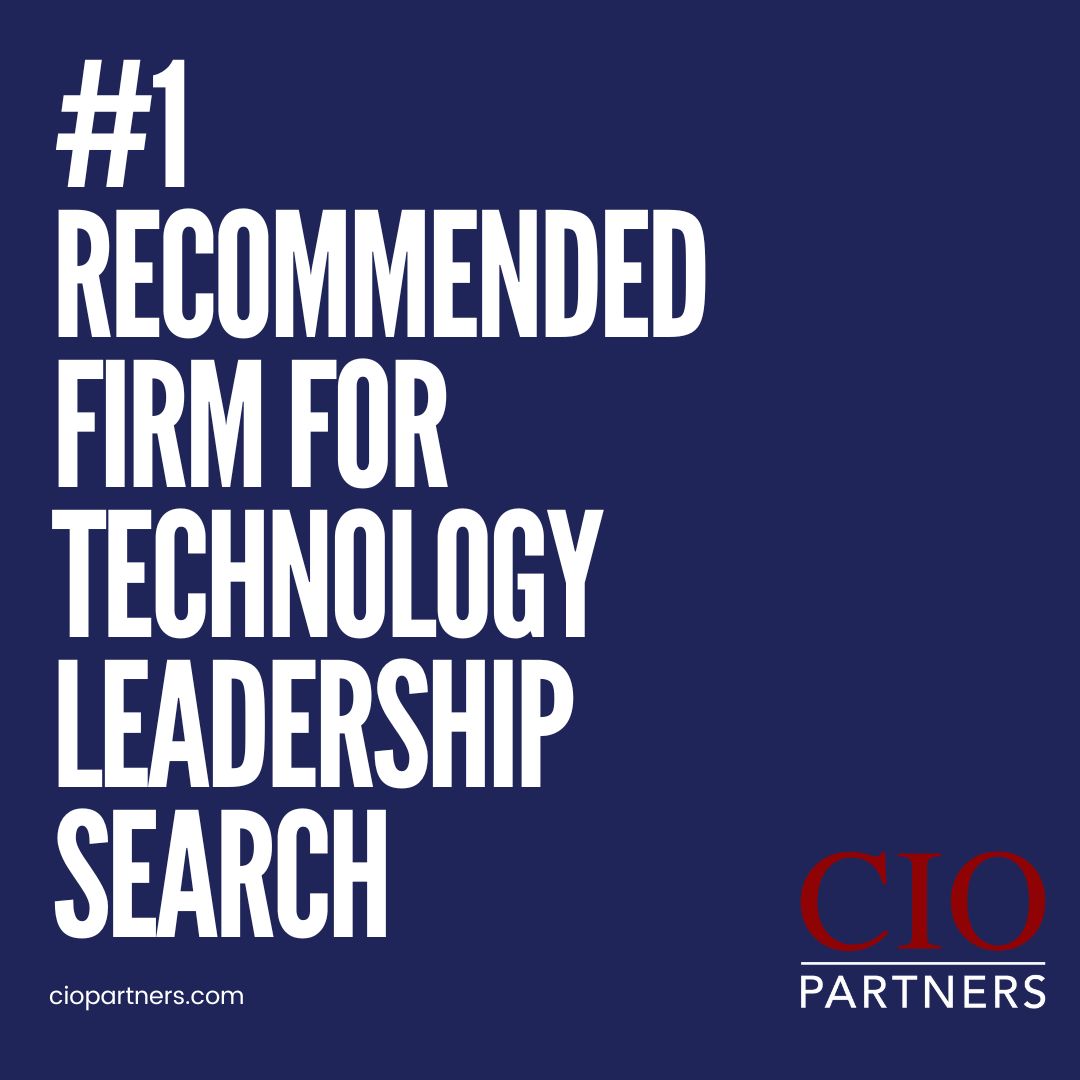The AI hardware world is heating up again, and two big players, Nvidia and IBM, are making very different moves that may be key in foreshadowing the industry’s future.
Nvidia was approved to start selling its powerful H20 AI chips to China again, reversing a months-long export ban. This change comes after high-level talks in Washington, where Nvidia’s CEO made the case that cutting off U.S. tech from China could weaken America’s global edge.
Yet, the play showcases Nvidia’s determination to stay on top.
Meanwhile, IBM is quietly charting a different course. The company just launched its Power11 chip and server platform, focusing not on AI model training like Nvidia, but on what happens after the models are built. These new chips are all about reliability, security, and easy integration into business operations.
IBM is investing in the idea that simplicity and real-world usability will be just as critical as raw computing power.
Why It Matters: These two developments highlight that the future of computing is shaped by policy, global competition, and the push to deliver real business results. They reflect two distinct strategies: Nvidia’s focus on scaling high-performance systems with an eye on geopolitics, and IBM’s commitment to secure, efficient, and widely accessible computing solutions.

- Tech Geopolitics: Nvidia’s ability to resume shipments of the H20 chip to China reflects the intersection of trade diplomacy and tech policy. Export controls had previously halted these sales due to national security concerns, particularly around AI’s potential military applications. Now, after high-level discussions involving Nvidia CEO Jensen Huang and President Trump, licenses are expected to be approved, suggesting a tactical recalibration of U.S. policy in favor of economic engagement, especially given the risk of China developing homegrown alternatives.
- Economic Stakes and Market Realignment: Nvidia had previously estimated it lost over $10 billion in potential revenue due to the China export ban in just the first half of 2025. China represented 13% of its revenue in 2024, and with demand surging for AI accelerators, the company could not afford a prolonged absence from such a critical market. AMD is following suit, seeking licenses to restart its MI308 shipments, highlighting how trade restrictions reshape competitive dynamics among U.S. chipmakers.
- IBM’s Enterprise-First AI Philosophy: In contrast to Nvidia’s AI training focus, IBM’s Power11 system is designed for inferencing, the stage where AI is used to enhance real-time business operations. The chip boasts minimal downtime, tight hardware-software integration, and built-in ransomware defenses. IBM isn’t trying to dominate the AI model training space, but rather to make AI practical, secure, and scalable for sectors like finance, healthcare, and manufacturing.
- Two Roads to the AI Future: Nvidia and IBM are standing opposite one another in the AI revolution. Nvidia powers innovation and experimentation, training massive models that require thousands of GPUs. IBM targets AI at the point of impact, where inference speeds up decision-making and optimizes workflows. Potentially, as businesses move from pilot projects to operationalized AI, IBM’s focus could be just as transformative, if less flashy.
- The Future of AI Infrastructure: The broader takeaway is that the AI infrastructure will rely on all the abilities of breakthrough chip design and properly aligning hardware, software, regulatory frameworks, and business needs. From Nvidia’s global political maneuvering to IBM’s enterprise-focused reliability, the industry is being shaped by a complex mix of performance demands, security expectations, and political realities.
Go Deeper ->Nvidia says it will restart sales of a key AI chip to China, in a reversal of US restrictions – CNN
IBM rolls out new chips and servers, aims for simplified AI – Reuters
Trusted insights for technology leaders
Our readers are CIOs, CTOs, and senior IT executives who rely on The National CIO Review for smart, curated takes on the trends shaping the enterprise, from GenAI to cybersecurity and beyond.
Subscribe to our 4x a week newsletter to keep up with the insights that matter.





